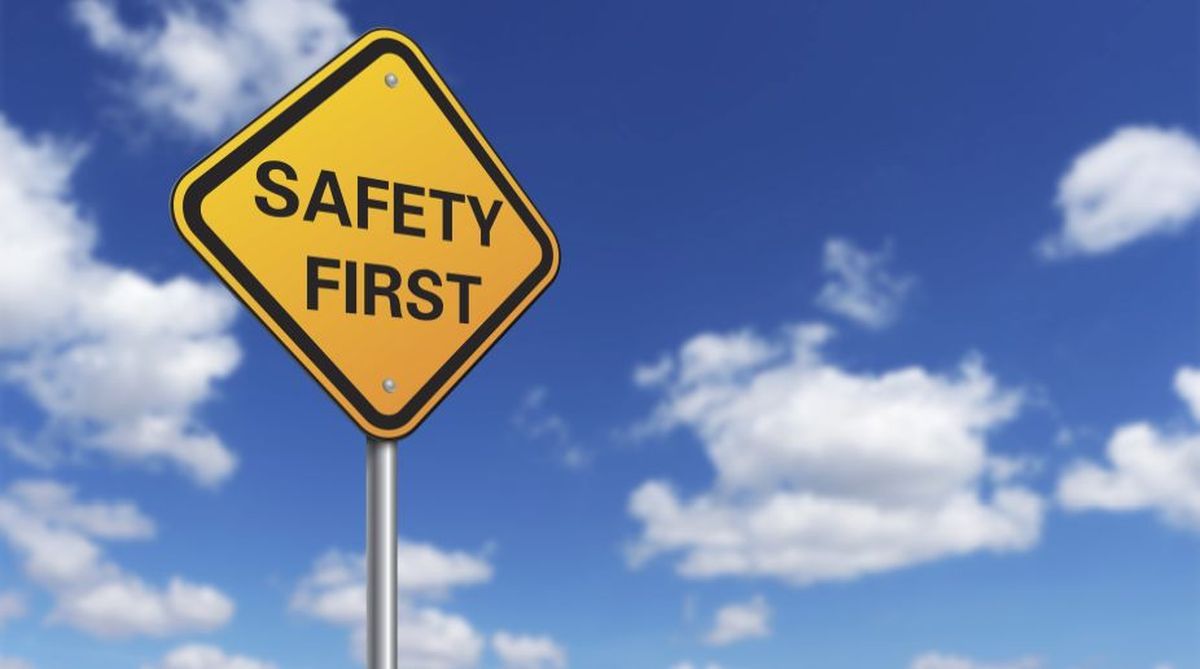Odisha signs MoU with IIT-Madras for enhancing road safety mechanism
This significant initiative was formalized through the signing of a Memorandum of Understanding (MoU) in the presence of Bibhuti Bhushan Jena, Minister of Commerce and Transport.
While this is certainly a huge warning regarding the most pressing need for reducing accidents significantly, even this does not convey the full seriousness of the tragedy.

Representational image (Photo: Getty Images)
A serious red alert has been sounded in December by the recently released Global Status Report on Road Safety- 2018. This report has pointed out that road traffic injury is now the number one cause of death among children and youth in the age group 5- 29.
While this is certainly a huge warning regarding the most pressing need for reducing accidents significantly, even this does not convey the full seriousness of the tragedy. The reason is that this report is only about road accidents. In reality, the number of other accidents can be even higher than road accidents. (See Tables 1, 2, and 3). These tables are taken from an earlier WHO Report which may not be as recent but which covers all accidents (not just road accidents but also fire, drawing, falls and poisoning etc.).
Advertisement
Table 1 tells the crucial story of how many children in the most tender age-group 0-4 are dying worldwide in painful accidents. As many as 46,656 children in this age-group die from fire-related burns while 56778 die due to road traffic injuries.
Advertisement
In the age group 5-14 (See Table 2) the number of burn and fire injuries come down but road traffic injuries increase significantly.
In the age group 15-29 it is tragic (and somewhat puzzling) that fire accident deaths do not come down but instead increase in a big way. This may be partly due to occupational accidents. Poisoning also emerges as a big factor in this age group. Above all, road accident deaths see a big jump in this age-group. Unlike in the previous two age-groups, in this age-group, road accident deaths number more than deaths from all other accidents for which data is available. However, deaths from other accidents are also very high.
Clearly, many-sided efforts are needed urgently to reduce accidents and accidental deaths with a significant focus on children and youth. Even a single death in this age group is considered tragic and the heavy burden of accidents among children and youth clearly needs high priority attention. Whether at home and school, road or workplace, our children and youth need and deserve better safety conditions. While providing safer environment and traffic, safety consciousness and efforts should also get adequate space in school curriculum.
Some efforts from time to time in various parts of world have revealed that good planning and people’s involvement can lead to significant reduction in accidents and accidental deaths in a relatively short time. As the WHO says, “Evidence from many countries shows that dramatic successes in preventing injuries (including accident-related injuries) and violence can be achieved through concerted efforts.”
In the specific context of India there are some factors which deserve urgent attention as, judging from a spate of recent reports, these are responsible for a large number of accidents involving children and youth. Firstly, there is need for a much larger number of crèches or other forms of community care centres for small children. There are many households in which both parents have to leave for work and they are not in a position to arrange proper care of their children. This is true for rural as well as urban areas. This exposes small children to many types of accidents which can be easily avoided by arranging proper alternative care.
Secondly, due to a complex set of factors, there has been a tendency on the part of parents to send even small children to schools which are far away from their homes. The transport of children to and from schools across rather long distances has seen a significant number of tragic accidents in recent times. With suitable steps it should be possible to bring down these accidents significantly.
Thirdly, in early youth years there has been a tendency to start driving motorised vehicles without getting adequate training for this and parents too have not been adequately safety conscious to prevent this. In particular, this leads to very careless and vulnerable riding by youths on motorcycles and other two-wheelers. In rural and peri-urban areas in particular, the simple precaution of wearing helmets is often discarded. This has led to the tragic loss of many lives which could have been easily avoided with a little more safety consciousness.
In addition, of course, the safety aspect needs to be kept in mind with every major change. For example, in government schools, a major change has been that midday meals are being cooked in most such schools and the necessary safety consciousness and precautions should come with this.
The writer is a freelance journalist who has been involved with several social movements and initiatives.
Advertisement